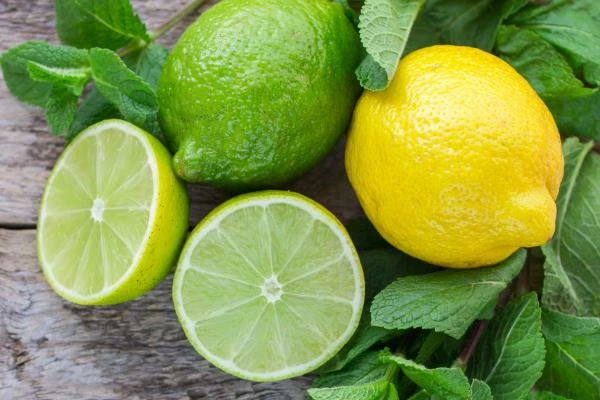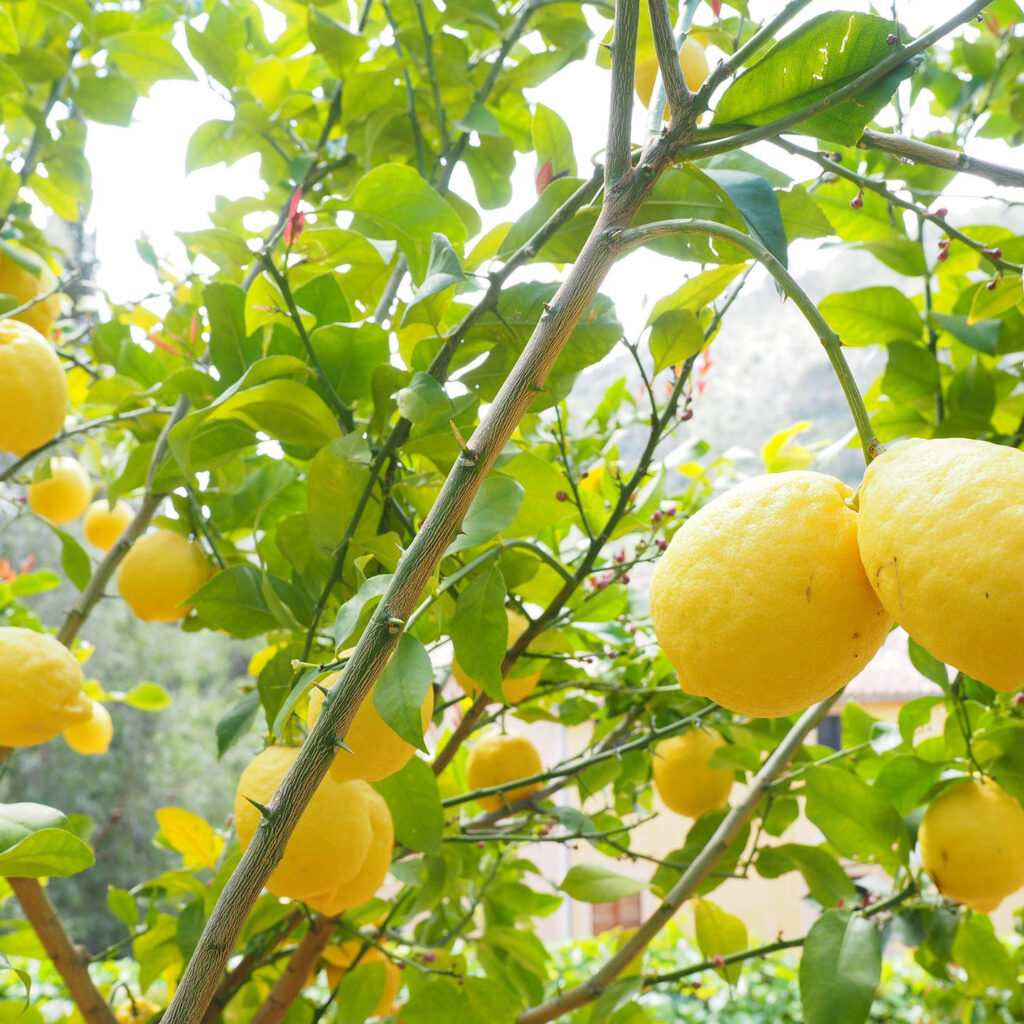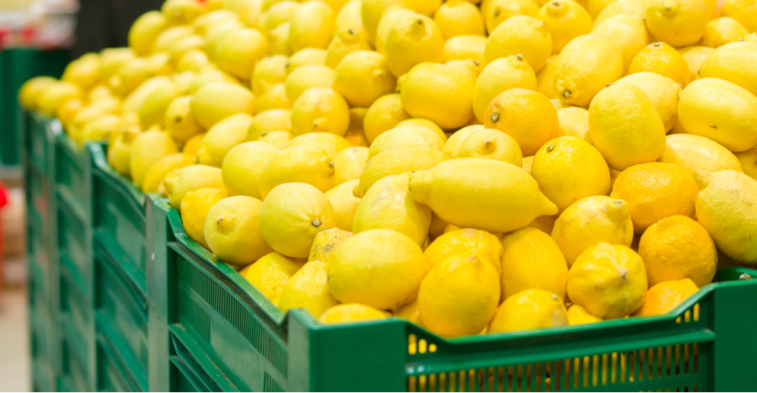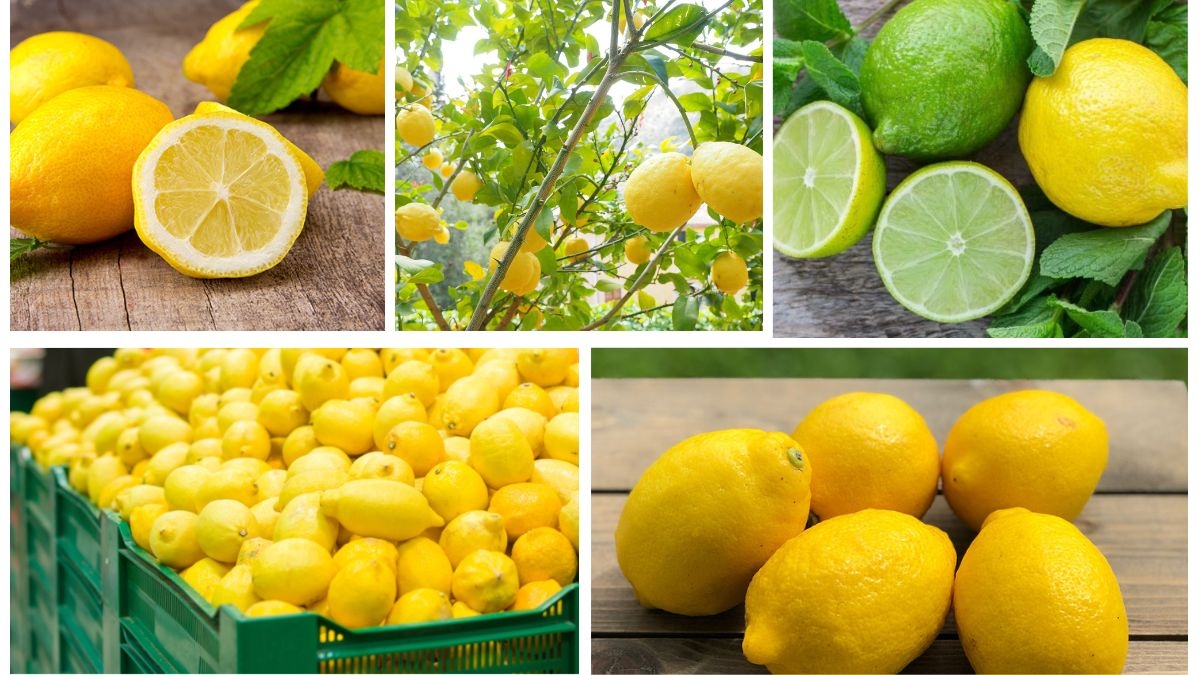Lemons—bright, tangy, and bursting with flavor—are far more than a kitchen essential. They represent a massive global trade industry rooted in agriculture, health, cuisine, and even beauty. As global demand for lemons continues to rise due to their nutritional value and diverse applications, certain countries are emerging as key players in this citrus trade. Among them, one stands out not as a producer, but as the largest importer of lemons in the world.
This article dives into the global lemon trade, highlighting the key importers and ultimately revealing the country that imports the most lemons, along with the reasons behind its high demand.
Global Lemon Trade Overview

Lemons are grown in tropical and subtropical climates around the world. Major producers include India, Mexico, Argentina, Spain, Turkey, and the United States. However, while many countries focus on cultivation and export, others have become major importers to meet consumer demand, combat seasonal limitations, or support industrial processing needs.
The global lemon trade is influenced by factors such as:
- Seasonal production gaps
- Local climate restrictions
- Consumer preferences
- Demand from the food, beverage, and pharmaceutical industries
- Population growth and urbanization
Lemon Applications: Why the Demand?

Lemons are among the most versatile fruits globally. Their import demand is driven by their use in:
- Culinary preparations (juices, desserts, flavoring agents)
- Soft drink and beverage industries
- Cosmetics and skincare
- Medicinal and herbal applications
- Household cleaning products
Additionally, lemons are rich in Vitamin C, making them an essential commodity in the health-conscious modern world. Their antimicrobial and immunity-boosting properties saw even more popularity during and after the COVID-19 pandemic, further fueling global demand.
Top Lemon Exporting Countries

Before diving into the leading importer, it’s important to understand where lemons are coming from. Here are the top lemon-exporting nations:
- Spain – The EU’s lemon powerhouse, known for consistent quality.
- Mexico – A major supplier to North America, especially the U.S.
- Argentina – Significant exporter to Europe and the Middle East.
- Turkey – Supplies both European and Asian markets.
- South Africa – An important player in off-season exports.
The Largest Lemon Importer in the World: The United States of America

According to the most recent global trade data and reports from organizations such as FAO, ITC Trade Map, and USDA, the United States consistently holds the position as the world’s largest lemon importer.
In 2024 alone, the U.S. imported over 300,000 metric tons of fresh lemons, mainly from Mexico, Chile, and Argentina.
Why Is the U.S. the Largest Importer?

Several factors contribute to the United States’ dominant position as the largest lemon importer:
1. High Consumer Demand
Lemons are deeply embedded in American food culture—from lemonade stands to lemon tarts, marinades, and detox waters. Americans consume lemons at a higher rate than many other countries, especially in urban areas and health-conscious communities.
2. Industrial Use
The U.S. has a massive food processing and beverage industry. Lemons are used in:
- Bottled lemon juice
- Carbonated drinks
- Flavored water
- Packaged snacks
- Ready-to-eat meals
3. Climate Limitations in Key Regions
While California and Arizona do produce lemons, seasonal gaps, climatic threats (like frost), and water shortages limit domestic production. Imports ensure year-round supply.
4. Population and Market Size
With over 330 million people and one of the world’s highest GDPs, the U.S. naturally demands more food commodities, including fresh citrus fruits.
5. Health & Wellness Trends
Americans increasingly seek immunity-boosting, natural remedies. Lemon water, lemon-infused teas, and supplements are on the rise, especially post-pandemic.
Major Lemon Suppliers to the U.S.
1. Mexico
Mexico is the primary lemon supplier to the U.S. due to its proximity, established trade agreements (like USMCA), and consistent production. The country accounts for over 60% of the U.S. lemon imports.
2. Argentina
Argentina supplies lemons during the U.S. off-season (May–September), helping fill the supply gap. The USDA approved Argentinian lemons for U.S. import in recent years, increasing trade volume.
3. Chile
Chile’s lemon season aligns well with U.S. demand cycles, especially in the winter and early spring months. It serves as a complementary supplier with reliable quality.
Comparison with Other Major Importers
While the U.S. leads by a wide margin, several other countries are significant lemon importers:
● Germany
As Europe’s largest economy, Germany imports a substantial volume of lemons, mostly from Spain and Turkey. The country’s food and beverage industries are major consumers.
● United Kingdom
The UK imports lemons largely from Spain and South Africa, driven by demand in retail, culinary, and drink manufacturing sectors.
● Russia
Russia has historically imported lemons from Turkey and Argentina. Its demand is fueled by traditional use in tea and medicinal purposes.
● Canada
Canada, like the U.S., imports lemons due to its cold climate. The bulk of its lemon imports also come from the U.S. and Mexico.
Though all these nations are significant consumers, none match the sheer scale of lemon imports seen in the United States.
Impact of Lemon Imports on the U.S. Economy
While lemon imports fulfill consumer demand, they also have economic implications:
- Boosting Trade Partnerships: Especially with Latin American countries.
- Stabilizing Prices: Imports help prevent price hikes during domestic shortfalls.
- Supporting the Supply Chain: Distributors, logistics companies, and supermarkets benefit from consistent lemon availability.
However, domestic producers sometimes face pricing pressure from cheaper imported lemons. Organizations like the USDA and trade watchdogs ensure fair trade practices to balance domestic and international supply.
Lemon Import Trends and the Future
The global lemon import market is expected to grow steadily, especially in developed nations. Key trends include:
- Rise of Organic Lemons: Health-conscious consumers are willing to pay more for organic imports.
- Sustainable Packaging and Transport: Eco-friendly logistics will gain importance.
- E-commerce Growth: Online grocery platforms are expanding citrus fruit access.
- Increased Processing Demand: More lemons are being used in health drinks, syrups, and natural cleaning agents.
Given its massive consumption and industrial demand, the U.S. is expected to remain the largest lemon importer for the foreseeable future.
Conclusion
Lemons have evolved from a culinary staple to a symbol of wellness and versatility. While many nations cultivate and export this vibrant citrus fruit, the United States stands out as the largest importer in the world, driven by high consumption, diverse applications, and a booming food and beverage industry.
Understanding the dynamics of lemon imports offers insights not only into trade patterns but also into how agriculture, health trends, and economics intersect in a globalized world. As global lemon demand grows, the U.S.’s role as the primary importer reinforces its influence on international citrus markets.





Leave A Comment